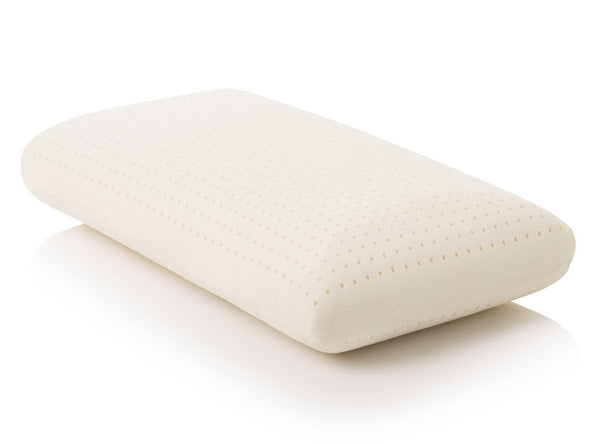Daylight Savings Time Sleep Tips

Daylight Saving Time (DST) is an annual practice where we set our clocks one hour forward between the March and November months. Most of the United States practices this yearly tradition, with the exception of a couple of states.
It begins on the second Sunday in March each year. In 2021, DST starts on March 14, Sunday at 2 AM, which is when we move the clocks “forward” one hour. Both sunrise and sunset will be around an hour later on March 14 than they were the day prior. The evening will have longer light.
The idea behind daylight saving time, also referred to as spring forward, is to save or conserve natural light because summer, spring, and early fall days usually become dark later on in the evenings compared to winter and late fall days. Standard time is the non-DST period that falls between November and March.
The first national rules for Daylight Savings Time began in 1966.
Impact of Daylight Savings Time on Sleep
Circadian rhythms guide both humans and other mammals. These are 24-hour cycles that regulate your sleep as well as other important bodily functions like mood and appetite. Your circadian rhythms are greatly dependent on your exposure to light. To reset each day, they need to be synchronized with the cycles of natural light-darkness to ensure high-quality, healthy sleep.
Morning darkness and evening light characterize the transition between Daylight Savings Time and Standard time. This could basically "delay" your sleep-wake cycle, and make you feel alert in the evenings and tired in the mornings. Circadian misalignment could lead to sleep loss and sleep debt, which is the cumulative impact of not obtaining sufficient sleep regularly.
Humans are most susceptible to sleep deprivation in early March. This is when they're transitioning to DST from Standard Time. Research found the average individual receives about 40 minutes less sleep after springing forward on that Monday compared to other nights throughout the year.
Daylight Savings Time Sleep Tips
Not only does the start of Daylight Savings Time change the hands on our timepieces, it can also alter your body’s internal clock, too. Fortunately, there are a few hacks that can help you to adjust to the daylight savings time change, and the bit of “jet lag” it may produce. They include to:
- Start Going to Bed Earlier
You could start your nighttime routine about 15 to 20 minutes earlier in the days that lead up to the beginning of DST to ease your body into this time change. Usually, doing this for 2 to 3 days is sufficient.
This could be particularly useful for smaller kids who frequently feel the impact of the time change more so than adults. Then on Saturday morning, you can turn your clocks forward instead of Sunday morning. This will allow a couple days instead of one day before the beginning of the week to ease your circadian rhythm into the new time.
- Decrease Screen Time
Tablets, television, and phones might help you unwind in the evenings, but they could stimulate your brain, making it tougher to fall asleep. Avoid using computer displays and hand-held screens a minimum of two hours before you go to bed, and avoid TV a minimum of an hour before bed.
- Sleep on a Comfortable Mattress
Your mattress, if uncomfortable, can keep you awake at night. You want to ensure you're sleeping on a comfortable mattress, like an Eco Terra hybrid latex mattress. This mattress is made with organic wool and cotton, and 100% natural talalay latex. There are no toxins, and no polyurethane.
- Skip the Alcohol and Coffee
Around four to six hours before you go to bed, avoid alcohol and coffee. Alcohol can keep you from getting quality sleep, too.
- Don't Make your Naps Too Long
It might be tempting to take a nap during the day, particularly if you're feeling sluggish. But you'll want to avoid a long nap. Long naps during the day can make it more difficult for you to obtain a full night's sleep. If you must take a nap, make them no longer than 20 minutes.
- Get Outdoors
Natural light drives our circadian rhythms, and spending time outdoors can suppress the production of melatonin, which is a hormone your body releases at night to signal your body to feel tired. Sunlight can naturally “reset” your circadian rhythm.
The great thing about daylight savings time is that we get to experience more sunlight in the evenings. Days seem extra longer, and we get to spend more time enjoying the evenings while it’s still light. Losing an hour of sleep is a small price to pay for these benefits, especially when you put into practice some, or all, of the above daylight savings time sleep tips.







